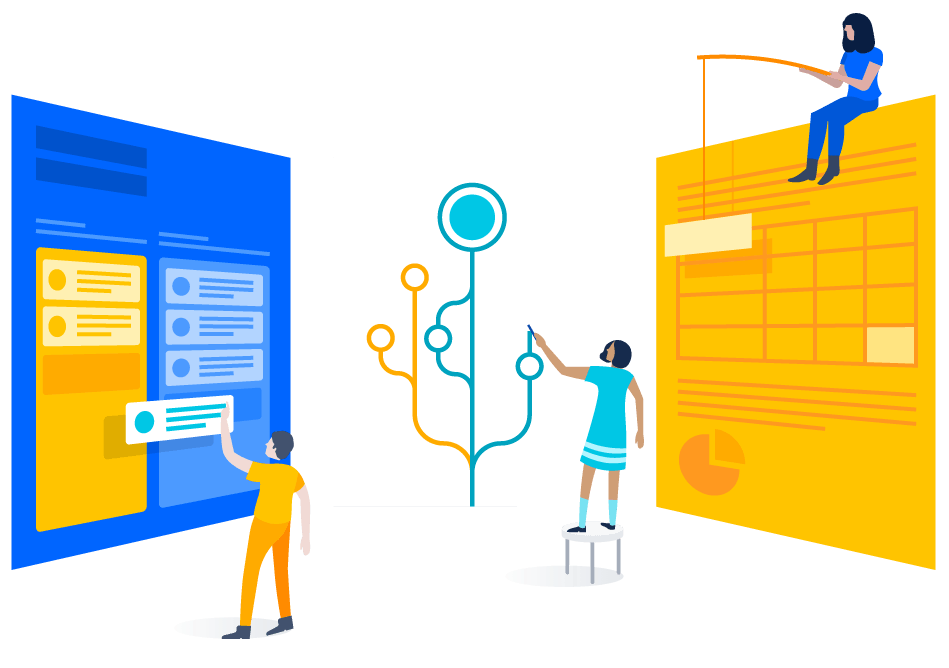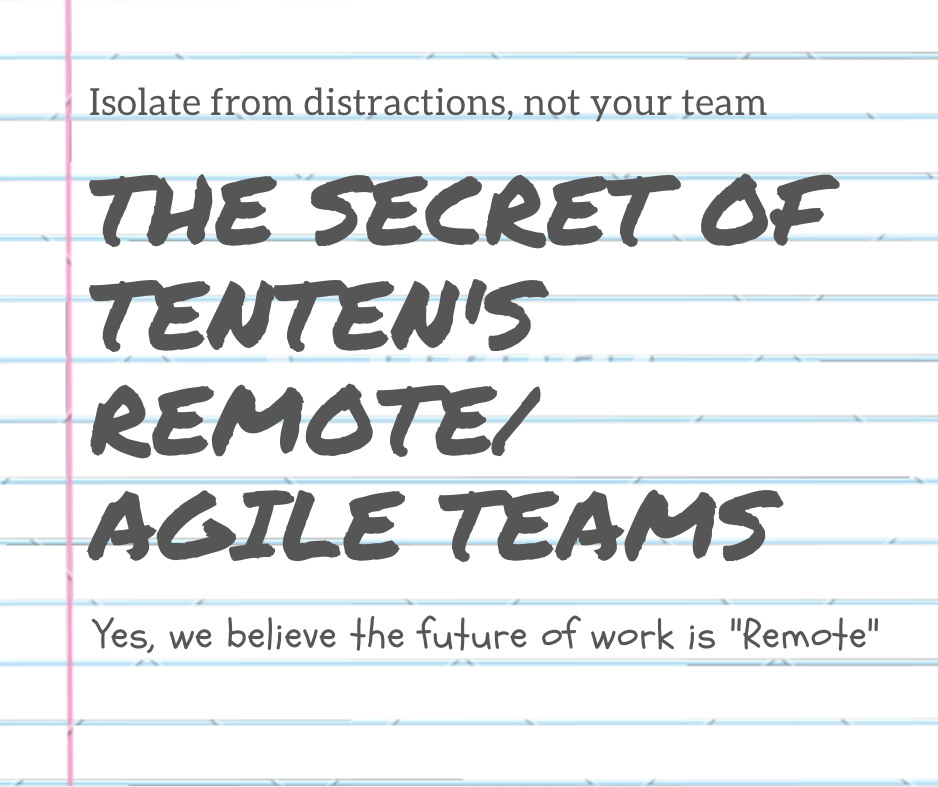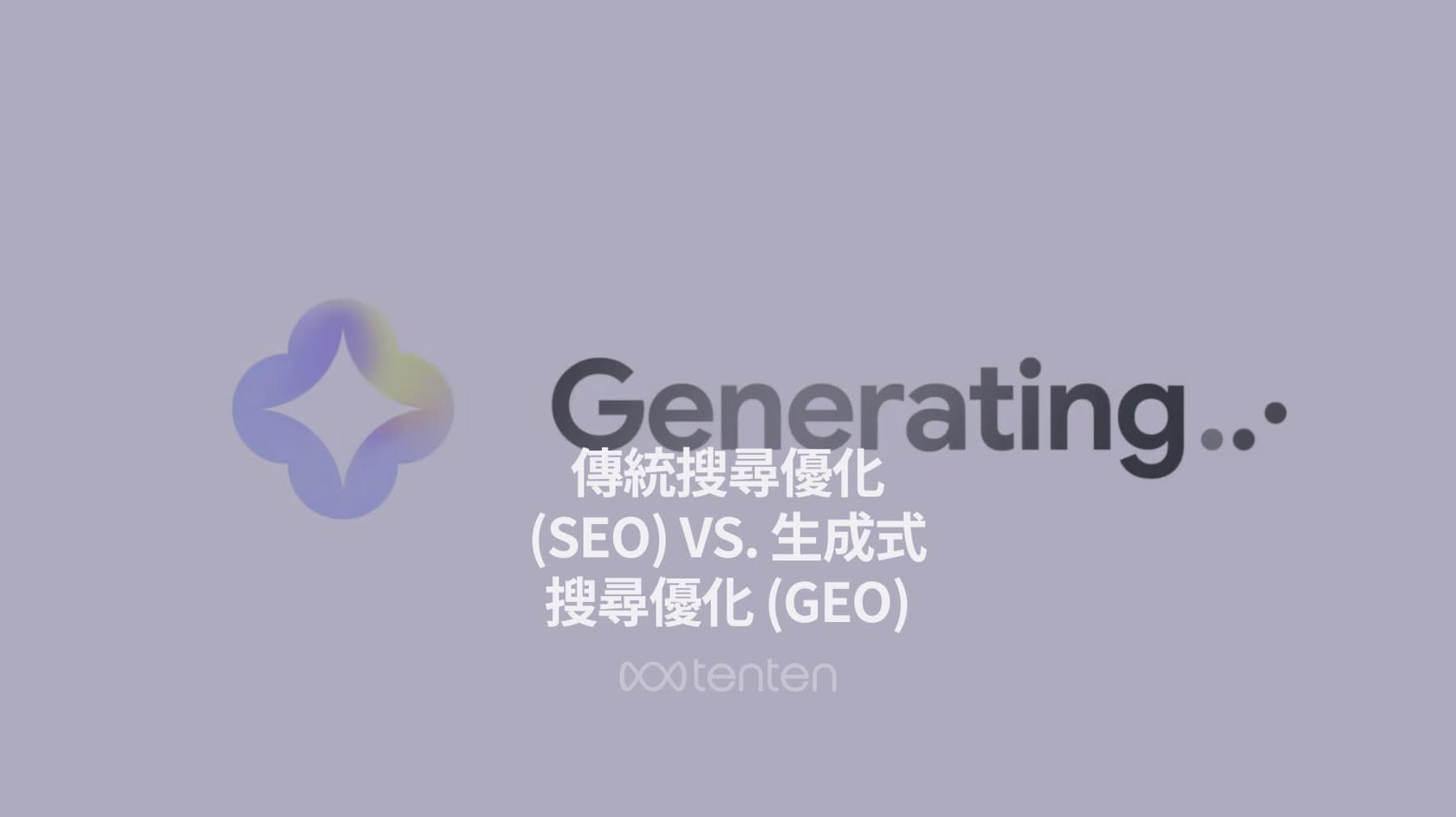Ready to build a remote team? Learn from our experience.
Due to COVID-19, Tenten recently experimented with having our team fully working remote. Remote working is advantageous and beneficial to employees. They are able to work in their PJs, save time from the hustle and bustle of commuting, have flexible hours, and work in an environment where they feel most comfortable.
However, from our experiment we discovered that remote working is not necessary suitable for everyone. In fact, remote working can have detrimental effects when missing key factors. Thus we concluded 3 critical factors to create a win-win situation of remote working for both employees and employers. They include the team, tools and a guideline for remote working.
Factor 1: Team
The success of remote working is primarily dependent on the team because not every employee has the right attitude toward remote working nor is every manager capable of supervising their employees remotely. Therefore, it is essential to know your employees and coach them for remote working by fostering the following elements:
1. Efficiency Driven
Have a team that values efficiency. Efficient people tend to have self-discipline and high standards for themselves. They are able to fulfill the tasks wherever they are and do not require micromanagement. A team culture where you set goals and check in periodically is perfect for remote working.
2. Trust within the Team
No matter what role you play in your team, it is critical to build trust within the team. Trust is built on many factors and is the reason why you are assigned to certain tasks. Trust is more than your ability but it is also related to your work attitude. Productivity and efficiency are boosted when there is trust among one another.
3. Trust from Leaders
Remote working is not going to work if you are a supervisor who cannot trust your remote employees. You will waste too much time and energy worrying about trivial matters instead of the goals if you pay too much attention to what your employees are doing. Employees that feel trusted can focus on their work rather than worrying that their employer doesn’t believe they are truly working.
4. Strong Communication
Lots of information is communicated face to face when working within the office. However, information is mainly communicated text based when working remotely. Therefore, good writing skills will save your team time in conveying messages. As technology is on the rise, we now have video calls to eliminate further communication barriers.
5. Partners who can work independently
Generally, people who are good at working independently are also good at adapting remote working. They can fulfill the task with little supervision and being remote makes little difference to their day to day working environment.

Factor 2: SaaS tools
“Tenten is probably the agency in Taiwan that adopts the most SaaS tools and automation bots in our work processes,” I sometimes joke about this in our internal meetings or in new-comer onboarding. I am not sure if this is accurate but this means we put our beliefs in “Work smarter, not harder” into practice.
“Work smarter, not harder” means the tools adopted by an organization play an important role. The tools help us not only with communication but also with organizing work process more efficiently and ensures everyone gets the same information. After all, you can assemble your team and have meeting whenever you want to when everyone works in the office, but when remote you will need the perfect tools to make sure everyone can do their work independently and collaboratively.
The tools we use are:
Internal (common or project management tools)
Slack (this basically replaces the function of email and we use its integration features to get notification for updates in others tools)
- Discourse (we use this to discuss and share ideas in lieu of Evernote and Google Doc)
- Trello (we use this to list small tasks)
- Jira (for project management)
- Github/ Gitlab
- Confluence/ Google Doc/ Evernote/ Hackpad/ (Dropbox paper)
- Zoom/ Skype/ Appear.in (for conference calls)
- Airtable
- Cloudapp
- Mindmap tool
- Discord
- Notion
Marketing
- Hubspot
- Zapier
- Buffer/ Influment/ Buzzsumo
- Similarweb/ Alexa/ Appannie (for analysis)
- Tons of SEO and Traffic analysis tools (for analysis)
- Typeform/ SurveyCake
- Canva
HR & Office management
- Freshteam
- OKR tool
- Desktime
Last, but not the least. Entertainment
- Spotify
- Netflix
- Hulu
- Plex
- Magzter: All Digital Magazines
- Kindle + Amazon Prime
- Twitch

Jira
As our team grows bigger, we adopt different tools to manage our tasks, such as BaseCamp (3 people), Asana (10 people), and now Jira (25+ People). Atlassian’s Jira is by far one of the most useful and powerful projects management tools. However, it takes more time to learn how to use it, which puts off organizations from adopting it. In our case, we decided to adopt Jira (for project management) and Confluence and Discourse (for information management) when we grew to a team of 10 due to the size of the projects we have taken, the complexity, the future expansion of the firm and the point of view from management. The investment in Jira started to pay off as we grew bigger. Jira has become something we cannot live without 💆♀️
Confluence + Discourse
We use confluence to make documents and share the progress of the project, development details, Dev log, notes, and other shared sources. Combing Confluence with Discourse, we make a platform for open discussion and incubating ideas. Over the years, it has become a knowledge base.

Zoom
Zoom is our first choice when it comes to meetings. It enables us to share our screens seamlessly over conference calls with clients!

Factor 3: Guidelines for remote working
Essentially, it is a clear set of rules which the team will follow and provides them with the essential process and directions of the tasks. This will help the team to successfully fulfill what they are assigned to do and leave little room for ambiguity. It should include:
documents like remote working, workflow, and company policies (we use Notion for this)
a standard work procedure just so everyone can focus on the most important things
happy hour per week (only when the situation allows and be sure to practice social distancing during COVID-19!): bonding is usually built outside work and it helps to keep the flow going when collaborating
one-on-one monthly reviews (supervisors should carry out OKR on employees every month and review their motives)
building a team around “responsibility”
encouraging chatting (this will keep the team from being tired and boost creativity and flow)
automating your process (automate anything you can think of, such as Slack bot, and marketing automation)
and group activity (only when the situation allows and be sure to practice social distancing during COVID-19!): A chance for the team to meet in person is still necessary and this will bond the team even more.
Conclusion: Insight from a CEO
We hope to do what Buffer does, pressing that delete button on our office!

More about remote working
“After Growing to 50 People, We’re Ditching the Office Completely: Here’s Why”
Remote Working and how it is Changing the Future of the Working Class
Communication Technology and Inclusion Will Shape the Future of Remote Work










